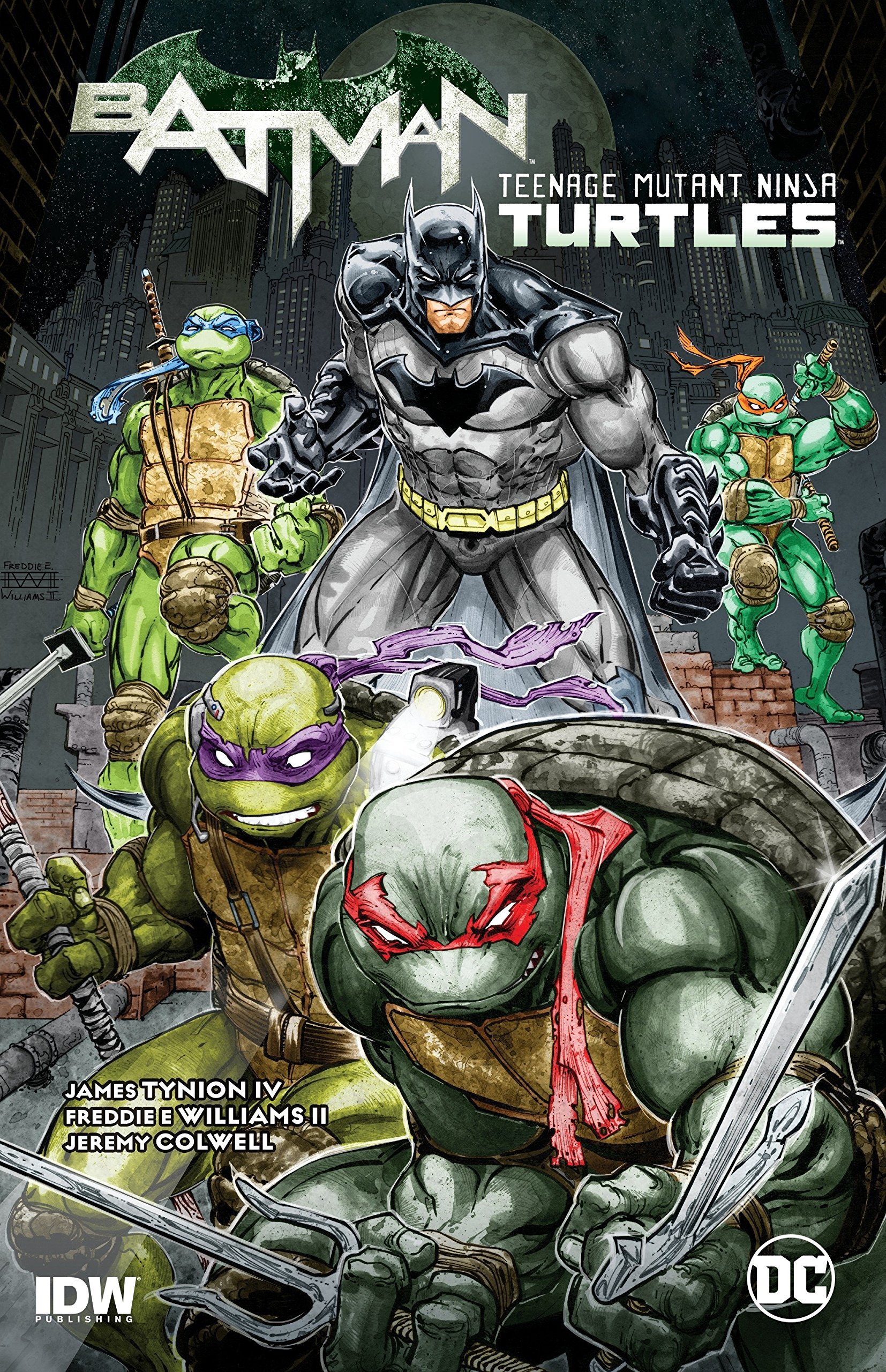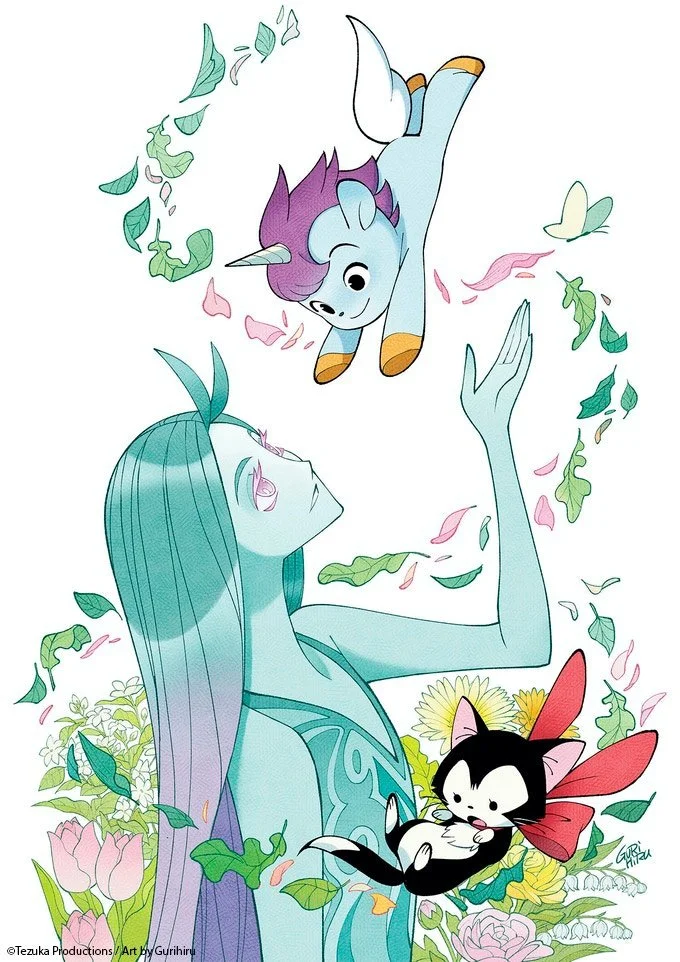The Man Without Fear...By The Year: 1985
By Bruno Savill De Jong — It’s 1985. Mikhail Gorbachev becomes the new premier of Russia, enacting policies of “glasnost” and “perestroika.” Coca-Cola introduces “New Coke” to widespread disapproval. Calvin & Hobbes debuts in newspapers, Nintendo releases the NES in North America, and scientists unexpectedly discover a “hole” in the ozone layer above Antarctica. People are listening to “We Built This City,” watching Back to the Future and reading Daredevil.
Serialized comics must find a balance between broader story-arcs and quick standalone stories. As the ‘80s have progressed, Daredevil has increasingly leaned into multipart tales, with most of 1984 overtaken by the (broken up) Chief Micah storyline. But 1985 goes in the opposite direction, being mostly composed of standalone, often inconsequential, issues. Dennis O’Neil is a journeyman here, reliably cranking out monthly cape-comics with new villains and fights each issue. Yet 1985 is not completely disposable. Unlike the other post-Frank Miller years, some of these have been reprinted in Daredevil: Love’s Labors Lost. Plus, the constant serialized adventures refocus upon Matt Murdock’s perennial problem of dueling identities. He admits to himself, “the side of me that went to law school… that’s in danger, I guess.” It’s easier to keep leaping between each issue as Daredevil than wade through life as Matt Murdock.
Written by Dennis O’Neil (215-218, 220-223, 225), Frank Miller (219), Jim Shooter (223), Jim Owsley (aka Christopher Priest) (224)
Illustrated by David Mazzuchelli (215-217, 220-223, 225), Sal Buscema (218-219), Daniel Jurgens (224), Geoff Isherwood (224)
Inks by David Mazzuchelli (215-217, 220-221, 225), Ian Akin (218), Brian Garvey (218), Gerry Talaoc (219), Kim DeMulder (222-223), Mel Candido (224), Bruce Patterson (224)
Colors by Christie Scheele (215, 218-221), Steve Mellor (216), George Roussos (217), Ken Feduniewicz (222-225)
Lettered by Joe Rosen (215-223, 225), Janice Chiang (224)
Before getting to the bulk of O’Neil, I first want to tackle the guest written fill-in issues. One is “Abe” (Daredevil #224) by the legendary Christopher Priest (then Jim Owsley). The issue isn’t that good and kind of unhinged, featuring one-and-done villain Mike Stone literally fishing a Sunturion power-suit from the sea, and then coming for revenge against his mob-affiliated employer. More interesting is the eponymous Abe, a crotchety old, blind, Black night-watchman who identifies Daredevil as “a white boy. Got that white smell in your hand.” It also ends on an odd note of Daredevil returning Abe’s stolen locket, neither of them realizing it is empty; an ending sting which feels meaningless.
More cohesive (but no less distinctive) is Frank Miller’s return with “Badlands” (Daredevil #219), an ultra-pulpy portrait of small town cesspool Broken Cross. The story has basically no relation to Daredevil, as Matt enters as a silent stranger who says nothing and doesn’t wear his costume, aggravating the corrupt cops and gangs simply by his stoic presence. Despite “Badlands” being a non-sequitur, it compensates with solid grizzled narration and atmospheric presence. “Badlands” imports Matt as an anonymous, almost supernatural force of justice (in some panels he walks through fire), becoming an urban homage to Shane. But Matt’s random small town mission reflects the grander wandering aimlessness felt throughout 1985.
Daredevil’s globetrotting profoundly impacts his relationship with Foggy Nelson. Matt’s loyal law partner was put through the ringer last year by his wife Debbie, lying on her (and Chief Micah’s) behalf damaging their firm’s reputation. Debbie now also files for divorce, off-page, her only reappearance to show Foggy she is seeing someone new. Yet when Foggy comes to Matt with all of this, Matt is surprisingly unsympathetic, abandoning their dinner not even due to an emergency but because he “just couldn’t take any more of his self-pity.” Indeed, Matt frequently ditches Foggy for Arizona, or Italy, or Japan, ignoring Foggy’s increasingly desperate pleas about their dwindling clients. It means that by the final issue of 1985 (Daredevil #225), Nelson & Murdock’s loss of income means their high-rise office is being reclaimed.
Another core relationship of 1985 is Matt’s new love interest Glorianna O’Breen. Matt has strong feelings for Glori, especially her exuberant embrace of New York as an Irish immigrant, but is wary of becoming too heavily involved given his history with women. Such complications only intensify when Glori, pursued by the sadistic and disfigured Gael, reveals she is a “travel agent” for the I.R.A. whom she righteously defends as “good people fightin’ to free their home from oppression.” The legacy of the I.R.A. is complicated, but Matt thinks he cannot be involved with someone “not on my side of right and wrong… not again. Not after Elektra.”
Speaking of old flames, Daredevil also seeks out Black Widow. Ostensibly for information on Glori’s I.R.A. involvement, but also as Natasha was one of Matt’s “healthiest” relationships; at least she is still alive and on good terms. Natasha even asks for Matt’s help training when she is temporarily blinded. Then, when Glori’s flight home from Dublin crash-lands in a swamp, Daredevil and Black Widow team up to find her (and the hazardous ‘fear gas’ also on the plane). Natasha provides comforting nostalgia of Matt’s past relationships, although she also reminds him of his pig-headedness.
CW// Suicide mention
And then there’s Heather Glenn. Heather was initially the kooky and self-described “scatter-brained” love interest who helped Matt get over Black Widow, being a flash of groovy fun against his brooding. But Heather’s life has slowly been destroyed via Daredevil; her father committing suicide after being mind-controlled by the Purple Man, her company being sold out from under her, and developing a toxic dependency on Matt (with their engagement coldly cut off). Last we saw Heather, she’d drunkenly given away his secret identity to Turkington Brown. In “Fog” (Daredevil #220) Heather is an even worse alcoholic, having become a depressed wreck who calls Daredevil she is in “danger” just so he’ll see her. After one too many white lies – or rather, pretty blatant calls for help – Matt ignores the next message, finding out the next day she has killed herself.
“Fog” might be one of Daredevil’s darkest issues. Maxwell Glenn also killed himself – hinting at hereditary suicidal tendencies – but at least that was off-panel, while Heather’s depressive state and hanging body are both shown. Heather dearly loved her father, and after his shocking death (combined with finding out Matt was Daredevil) she became broken and sad, unable to keep the darkness out. “Fog” is a melancholy and bitter issue, with Daredevil desperately trying to find ulterior motives (like criminals who ransacked Heather’s house) but only finding clouded grief; like the eponymous grainy Fog that symbolically hangs over the background.
Needless to say, Daredevil feels incredible guilt around Heather’s death. As Matt thinks to himself following Glori’s plane crash, “another woman dead? Like Elektra? Like Heather? Another of my women dead?” Matt may possessively frame them as ‘his’ women, but this underscores the responsibility and guilt towards those dying around him. Matt’s religious links have not been spelled out yet, but this screams Catholic Guilt, being aware of his earthly shortcomings but unable to repent them. Guilt does not atone Matt’s short-sighted actions – you can argue it’s a very self-centered emotion – but it adds further wrinkles to Daredevil’s characterization.
This informs Daredevil’s tie-in with Secret Wars II, written by a returning Jim Shooter. Shooter explains he rewrote O’Neil’s draft, as “he didn’t care at all about the Wars continuity, wrote the first draft on autopilot. Denny can hack badly if he’s not interested.” Secrets War II centered on the omnipotent alien-God The Beyonder attempting to understand “desire,” and in Daredevil he hires Nelson & Murdock to overtake the world “legitimately,” as simply willing it was found unsatisfactory. As a “retainer” he gives Matt his eyesight back, leaving him overwhelmed by the world’s beauty (and also unnerved by the buildings he sightlessly leapt off). Matt is overjoyed at seeing babies, the Empire State Building and Glori for the first time. But Matt ultimately rejects The Beyonder’s gift, saying it will compromise his moral integrity by becoming too precious to him.
It demonstrates Daredevil’s intense moral integrity and “profound sense of justice.” Or maybe it just shows his selfish fixation on his own guilt, not allowing himself to be “rewarded” or “happy” given his burdensome mistakes. Maybe Matt needs the now self-imposed isolation of his disability in order to function. When Daredevil fights the Vulture – who has pathetically pilfered Heather’s grave for money – Matt says how “I like darkness,” and perhaps he feels more comfortable wallowing in the brutal underbelly of Daredevil instead of facing the light. He gives lip-service to tending to his Matt Murdock side, but seems unable to do so. After both Glori leaving for Dublin and Heather’s suicide, Matt dons his Daredevil costume to “slip into” the streets like a “second skin”; we are told “he moves, and for him, movement is peace.” Maybe Daredevil’s frequent standalone adventures are because he doesn’t dare slow down.
The true standout this year is David Mazzuchelli, who truly came into his own in 1985. It’s noticeably weaker when others are inking the artwork, as it lacks the precise, rumbled texture of Mazzuchelli’s lines. Mazzuchelli excels in the dark and intense grit of Daredevil’s darker moments, like the Vulture as a decrepit, pathetic old scavenger or Daredevil himself when stalking around New York at night. Yet Mazzuchelli also carries a serene beauty, including when Matt travels to Venice.
The predominantly serialized structure of 1985 could have led to disposable, light-hearted adventures, but Dennis O’Neil added a twisted undercurrent that gradually unravels Daredevil’s life. Matt is constantly placed outside his usual habitat, whether it be the Arizona desert, or Venice, or swamps, or Broken Cross (or becoming sighted via The Beyonder). He seems aimless, particularly after Heather’s death, being told by Vulture he has a “death wish.” Daredevil ultimately refutes this, defeating Vulture in a dark basement before emerging in the sun, but it's hard to escape his earlier statement that “life is hard and then you die.” Daredevil putters around in these strange, often melancholic, stories – luckily, next year, he will be reborn.
Read classic Daredevil Comics!
Check out past installments from The Man Without Fear…By The Year!
Check out Bruno Savill De Jong’s last regular series, Gotham Central Case by Case!
Bruno Savill De Jong is a recent undergraduate of English and freelance writer on films and comics, living in London. His infrequent comics-blog is Panels are Windows and semi-frequent Twitter is BrunoSavillDeJo.












